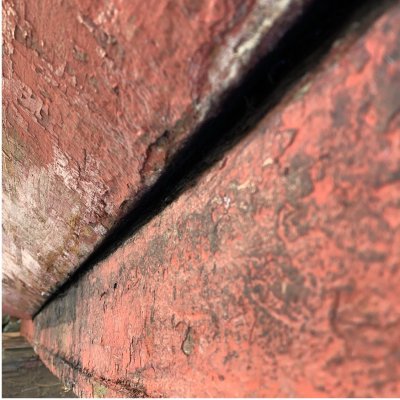Mr.Mahogany
Member
- Joined
- Oct 12, 2021
- Messages
- 9
My trawler was built in 1949 and has mahogany hull I'll be putting her in the water for the first time in may, she's been out of the water for 4 years at this point. I had a survey done and he said throw some paint on the bottom and see if she floats she should, as a first time boat owner who may have bit off more than he can chew I admit that gave me some anxiety I've been doing research but any tips and help to get this old beauty running smooth would be greatly appreciated ... thank you 



